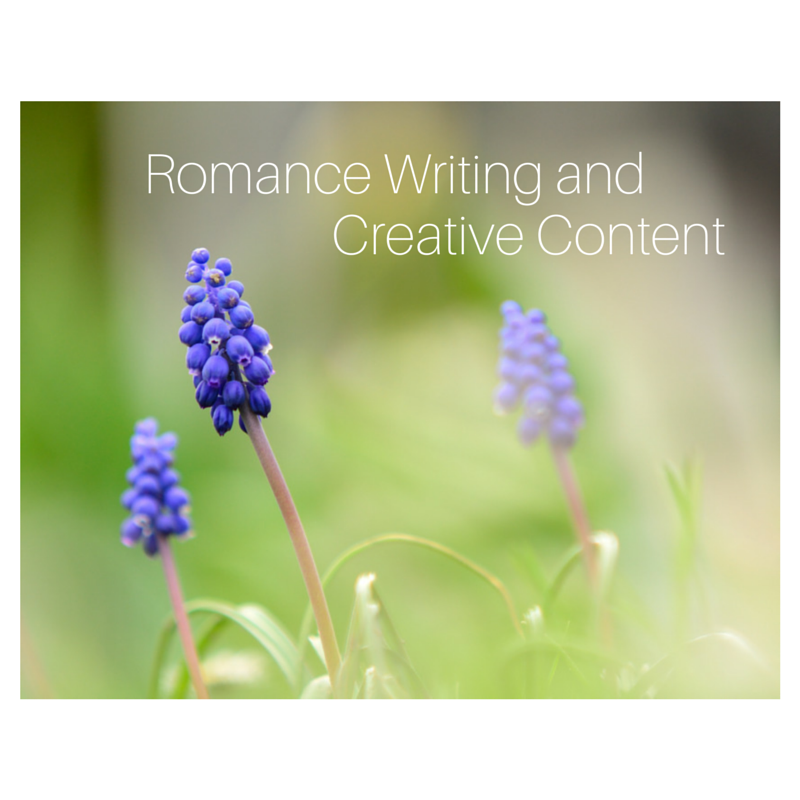- Blog Home
- Scripted Writers
- Romance Writing And Creative Content: Not So Different After All
Romance Writing and Creative Content: Not So Different After All

Most people love a great romance novel, but other forms of creative content can be just as enticing. So how are these two seemingly different content types similar?
A romance novel is a story focused on love and romantic encounters, usually including heart-pounding tenderness, loving dialogue and the occasional sexy interaction. Meanwhile, creative nonfiction writing involves morphing a simple idea into something enticing, extravagant or exciting.
In both scenarios, the writer is using her talent to sell the allure of something to her readers.
Many successful romance novelists gained experience in freelance and journalistic writing for newspapers and magazines before becoming authors.
Jilly Cooper, a world-renowned romance novelist, began her career in journalism, copywriting and non-fiction writing.
Best-selling romance novelist Julie Garwood also started out as a freelancer. She never intended to pursue a career as an author, but after writing her first novel, she discovered her niche.
Many people fantasize about that oh-so-tempting book they know is lurking right below the surface, and some authors are published on their initial try, but few succeed at first. Nora Roberts was rejected several times from Harlequin and was eventually picked up by Silhouette Books before becoming a success. Roberts now has more than 200 best-selling romance novels.
Success in both of these formats is reached through passion, desire and tenacity -- qualities that are present in each romantic love story and in each piece of truly creative content. It's the yearning to tell a story (or others' love stories!) that gives readers what they want, whether the narrative is describing a product, an experience or a relationship.
Do you prefer writing romance stories or original content? Tell us in the comments.
No More Excuses: Building Writing Time into Your Routine
Our Writers' Guide to Writing Buyer's Guides
Writers: Improve Your SEO Habits through Artful Keyword Inclusion
Two Petals of the Same Flower
A romance novel is a story focused on love and romantic encounters, usually including heart-pounding tenderness, loving dialogue and the occasional sexy interaction. Meanwhile, creative nonfiction writing involves morphing a simple idea into something enticing, extravagant or exciting.
In both scenarios, the writer is using her talent to sell the allure of something to her readers.
Freelance Writers and Romance Novelists
Many successful romance novelists gained experience in freelance and journalistic writing for newspapers and magazines before becoming authors.
Jilly Cooper, a world-renowned romance novelist, began her career in journalism, copywriting and non-fiction writing.
Best-selling romance novelist Julie Garwood also started out as a freelancer. She never intended to pursue a career as an author, but after writing her first novel, she discovered her niche.
Success as a Writer
Many people fantasize about that oh-so-tempting book they know is lurking right below the surface, and some authors are published on their initial try, but few succeed at first. Nora Roberts was rejected several times from Harlequin and was eventually picked up by Silhouette Books before becoming a success. Roberts now has more than 200 best-selling romance novels.
Success in both of these formats is reached through passion, desire and tenacity -- qualities that are present in each romantic love story and in each piece of truly creative content. It's the yearning to tell a story (or others' love stories!) that gives readers what they want, whether the narrative is describing a product, an experience or a relationship.
Do you prefer writing romance stories or original content? Tell us in the comments.
To Read More On Succeeding with Writing, See Below.
No More Excuses: Building Writing Time into Your Routine
Our Writers' Guide to Writing Buyer's Guides
Writers: Improve Your SEO Habits through Artful Keyword Inclusion